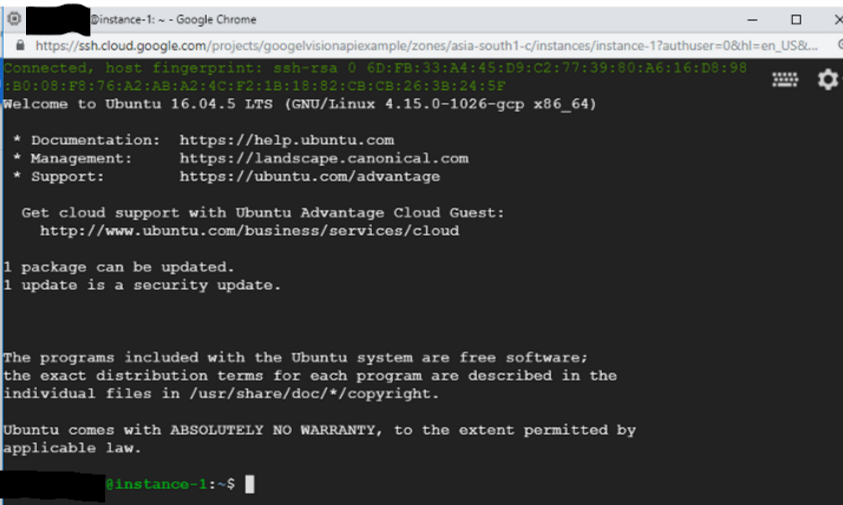
- INSTALL JUPYTER UBUNTU 16.04 INSTALL
- INSTALL JUPYTER UBUNTU 16.04 UPDATE
- INSTALL JUPYTER UBUNTU 16.04 UPGRADE
To access the notebook, open this file in a browser:įile:///root/.local/share/jupyter/runtime/nbserver-18411-open. No web browser found: could not locate runnable browser.
INSTALL JUPYTER UBUNTU 16.04 INSTALL
Homepage of HTCondor project: HTcondor In Ubuntu 16.04 Xenial, condor (htcondor since 1998), is available from official repositories.So it is enough to sudo apt-get install htcondor. Use Control-C to stop this server and shut down all kernels (twice to skip confirmation). Installing HTcondor in Ubuntu 16.04 2 minute read Warning: I will write this post at the same time I learn, do not expect expertise. Serving notebooks from local directory: /root It is still possible to build IHaskell from source, which allows you to run the latest version of the code! It’s up to you to choose the method you prefer.(jupyter) python3 -m pip install jupyterĬollecting jupyter-console (from jupyter)ġ00% |████████████████████████████████| 122kB 1.8MB/s Unfortunately, the latest IHaskell is not available on stackage LTS, which requires to use an older snapshot ( 6.35). The installation of IHaskell on Ubuntu 16.04 is a bit easier than on 14.04 thanks to more up-to-date dependencies. Some others are not in the snapshot, but could be very useful and can probably be installed from source: You may want to install extra packages to enhance IHaskell’s capabilities. $ stack -resolver lts-6.35 exec ihaskell - install -stack $ stack -resolver lts-6.35 install ihaskell The latest supported LTS snapshot is 6.35, so we will have to specify it explicitly: $ stack -resolver lts-6.35 setup -install-ghc Unfortunately, it is not possible to build IHaskell using the latest snapshot, as it does not seem to work with GHC 8.x. Then it can be started using: $ stack exec jupyter - notebook

The instructions can be found in the github repository: $ source ihaskell-venv/bin/activate Use the latest snapshot supporting IHaskell ( lts-6.35).Since IHaskell is not available in the latest stackage LTS snapshot, we have two options to install it: $ source venv-ihaskell/bin/activate # Active it Then let’s install jupyter inside of our virtualenv virtualenv: $ virtualenv venv-ihaskell -p /usr/bin/python3 # Create a virtualenv If you’re on a fresh install, we need to install virtualenv first: $ sudo apt-get install virtualenv python3-dev ncurses-base I usually never install python packages globally using sudo pip, and prefer to create a fresh virtualenv for each project. Use pip and install it globally ( pip install jupyter).IHaskell requires a recent version of Jupyter, so we need to install it ourselves. Some dependencies are required before building the IHaskell kernel, let’s install them: $ sudo apt-get install -y \
INSTALL JUPYTER UBUNTU 16.04 UPGRADE
Now let’s make sure we have the latest version of stack, as well as the latest snapshot from stackage: $ stack upgrade

Install StackĬompared to Ubuntu 14.04, it is now easier to install stack thanks to the haskell-stack package: $ sudo apt-get install haskell-stack

The following tutorial is only meant for those who want IHaskell to run locally.
INSTALL JUPYTER UBUNTU 16.04 UPDATE
Since it’s a bit out-dated now, but I still think iHaskell can be super useful, I decided to update it for Ubuntu 16.04.īefore we start, please be aware that you can use IHaskell directly in your browser by visiting this website:. Last year I wrote a tutorial to install iHaskell on Ubuntu 14.04.


 0 kommentar(er)
0 kommentar(er)
